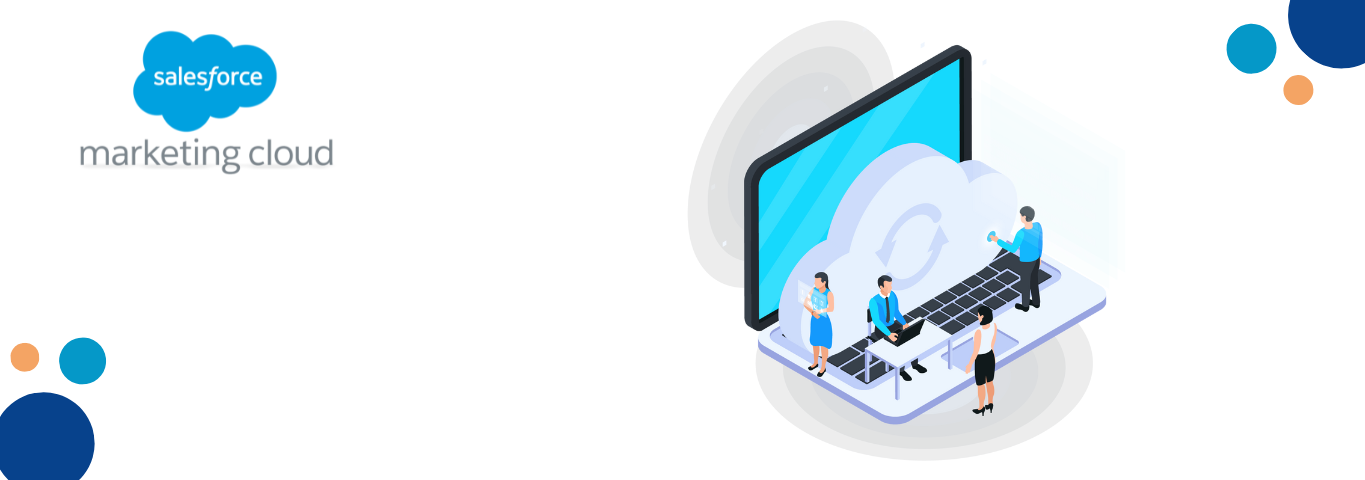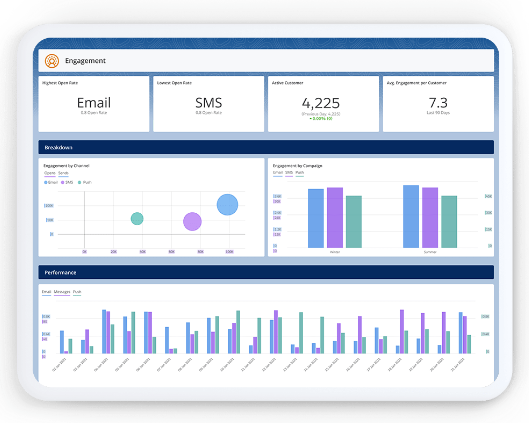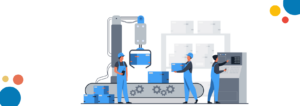The Ultimate Guide to Marketing Cloud Customer Data Platform

Today, if you do not have the knowledge of tools that fuel effective customer experiences, you cannot enter the world of modern marketing.
In this blog post, we will debunk the mystery behind a Customer Data Platform (CDP) — a pivotal solution in the data-driven marketing world.
Let us begin by providing a clear definition of a Customer Data Platform.
What is a Customer Data Platform?
A customer data platform is a technology that lets businesses collect customer data from any channel, system, or data stream to create a single customer profile.
Who needs Customer Data Platform?
Customer data platforms have evolved into critical tools for businesses looking to capitalize on their customer data. Companies can gain useful insights, tailor their marketing activities, and improve customer experiences across the board by combining customer data into a single view.
What Are the Benefits of a Customer Data Platform?
1. Unified Customer View
A CDP collects data from various sources, providing a single, unified view of each customer. This comprehensive customer profile includes data from online and offline interactions. Then, it enables businesses to better understand customer behavior, preferences, and engagement history.
2. Improved Personalization
With a unified customer view, marketers can create highly personalized and targeted campaigns. Moreover, CDPs enable businesses to segment their audience based on various criteria. Also, it allows them to deliver relevant and timely messages that resonate with individual customer preferences.
3. Real-Time Data Processing
Many CDPs support real-time data processing, ensuring that customer profiles are updated dynamically. And this real-time capability is valuable for delivering up-to-the-minute insights. Furthermore, it enables marketers to respond promptly to changes in customer behavior.
4. Enhanced Customer Segmentation
CDPs enable businesses to create granular customer segments based on demographics, behavior, preferences, and other factors. This segmentation allows for more focused marketing efforts. Also, it increases the effectiveness of campaigns and reduces irrelevant messaging.
5. Cross-Channel Integration
CDPs often facilitate the integration of customer data across multiple marketing channels, including social media, email, mobile, and more. This ensures that the consumer experience is uniform and unified across all touchpoints. Furthermore, it contributes to a seamless customer journey.

How Does a CDP Work?
Its primary goal is to provide marketers and other stakeholders with a holistic view of each customer. As a result, it enables more effective engagement and personalization.
To let you know more, here is a general overview of how a CDP typically works:
1. Data Collection
A CDP gathers information from a range of sources, including both online and offline channels.
CDPs can handle both structured data (e.g., demographic information and purchase history) and unstructured data (e.g., social media interactions and customer service chats).
2. Data Integration
This process involves mapping data from different sources to create a standardized and cohesive dataset.
Some CDPs support real-time data processing. And it allows for immediate updates to customer profiles as new data becomes available.
3. Customer Profile Creation
The CDP creates a 360-degree view of each customer by consolidating data into a centralized customer profile.
CDPs employ identity resolution techniques to match and link customer data across various channels and devices. And it ensures a unified identity for each customer.
4. Data SegmentationCDPs enable marketers to segment the customer base based on demographics, behavior, preferences, and engagement history.
Marketers can use the segmented data to create targeted audiences for personalized marketing campaigns.
What is the difference between CDP and CRM in Customer Data Management?
A Customer Data Platform (CDP) serves as a central hub primarily dedicated to marketing segmentation and the creation of a robust data source for marketing campaigns, reporting, and analytics. Its key function lies in consolidating and unifying data from various sources, including leveraging data from Customer Relationship Management (CRM) systems.
In contrast, CRMs such as Sales Cloud are designed to manage customer relationships and sales engagements comprehensively. They oversee crucial aspects such as customer interactions, business transactions, and sales pipelines and facilitate internal sales and service processes.
While a CDP excels in empowering marketing efforts, CRMs focus on the broader spectrum of customer relationship management and sales optimization. Together, they form a synergistic partnership, with the CDP enriching marketing strategies by leveraging data from CRMs to create a more personalized and effective customer engagement approach.
Final Thoughts
A Customer Data Platform (CDP) is a specialized application designed to collect, organize, and enhance data from various sources. It serves as a crucial tool for organizations aiming to optimize the value of their customer data. While traditionally associated with larger enterprises, CDPs are increasingly becoming available for smaller companies.
This article aimed to provide clarity on the role of CDPs, emphasizing their significance in unlocking the full potential of customer data for improved success and experiences. The central takeaway underscores the importance of comprehending and leveraging customer insights for genuine customer success and enhanced experiences.
Find out more on the BugendaiTech channel: bugendaitech.com





